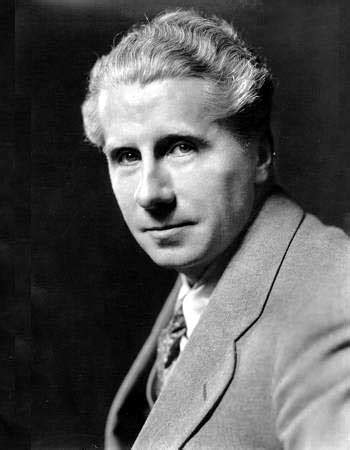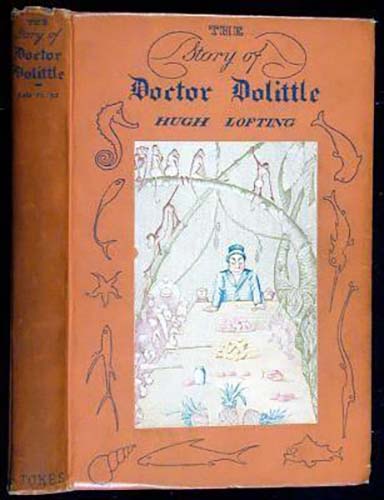Share via:
Hugh Lofting – British author and illustrator, 1886-1947

Hugh Lofting is best known for creating Doctor Dolittle, one of the most enduring characters in children’s literature. Hugh Lofting was born in Maidenhead, Berkshire, England, and attended a Jesuit boarding school. Although he was interested in books and writing as a child, Lofting studied civil engineering and architecture in college. He attended Massachusetts Institute of Technology, but finished his degree at London Polytechnic
The Story of Doctor Dolittle (1920) was an instant success, Nineteenth-century English physician John Dolittle lives in Puddleby-on-the-Marsh. When Doctor Dolittle’s many pets drive away his human patients, he becomes an animal doctor and naturalist, With the help of Polynesia, an abrasively humorous parrot, the doctor masters a variety of animal languages, then travels to Africa to fight a mysterious illness that is killing off the monkey population. The episodic book is memorable for its entertaining adventures, whimsical animal dialogue, and, above all, the unflappable and humane title character.
Hugh Lofting’s second book, The Voyages of Doctor Dolittle (1922), is narrated by Tommy Stubbins, a ten-year-old aspiring naturalist who becomes the doctor’s assistant on a lengthy ocean voyage. Awarded the 1923 Newbery Medal, it remains one of Lofting’s finest books due to its sustained humor and imagination. The author continued to publish Dolittle books in rapid succession, with Stubbins returning as narrator several times. The quality of the series is uneven, but critics have cited some of the later titles, including Doctor Dolittle in the Moon (1928), as among the author’s best, owing to their inventiveness and thought-provoking philosophical content.

Lofting’s other writings include picture books that are similar to the Dolittle stories in their anthropomorphic treatment of animals; The Twilight of Magic (1930), a serious, traditional fantasy; and his only adult work, Victory for the Slain (1942), a book-length war poem.
Hugh Lofting’s greatest achievement, however, is the Doctor Dolittle series, which also inspired a 1967 movie musical. The books remain popular, although their relative length can be daunting to younger readers. The most serious charge leveled against the stories is that they contain racist writing and illustrations. Polynesia uses a number of racial epithets in speaking of Africans, while Lofting’s illustrations of black characters are grotesque caricatures.
Several episodes, including one in which an African prince wishes he were white, are also deemed offensive. Certain scenes in Lofting’s books have been rewritten, and the offending epithets and illustrations have been removed from later editions. Literary purists may disagree with this tampering, but others argue that the books would not otherwise be purchased by libraries or sold in bookstores. Young readers of the edited volumes continue to find the stories appealing, and Doctor Dolittle remains a delightful character.
P.D..S.
Source: Children’s Books and their Creators, Anita Silvey.
Hugh Lofting Works
“For years it was a constant source of shock to me to find my writings amongst ‘juveniles’. It does not bother me any more now, but I still feel there should be a category of ‘seniles’ to offset the epithet.”
- The Story of Doctor Dolittle (1920)
- The Voyages of Doctor Dolittle (1922
- Doctor Dolittle’s Post Office (1923)
- The Story of Mrs Tubbs (1923)
- Doctor Dolittle’s Circus (1924)
- Porridge Poetry (1924)
- Doctor Dolittle’s Zoo (1925)
- Doctor Dolittle’s Caravan (1926)
- Doctor Dolittle’s Garden (1927)
- Doctor Dolittle in the Moon (1928)
- Noisy Nora (1929)
- The Twilight of Magic (1930)
- Gub Gub’s Book: An Encyclopedia of Food (1932)
- Doctor Dolittle’s Return (1933)
- Doctor Dolittle’s Birthday Book (1936)
- Tommy, Tilly, and Mrs. Tubbs (1936)
- Victory for the Slain (1942)
- Doctor Dolittle and the Secret Lake (1948)
- Doctor Dolittle and the Green Canary (1950)
- Doctor Dolittle’s Puddleby Adventures (1952)
